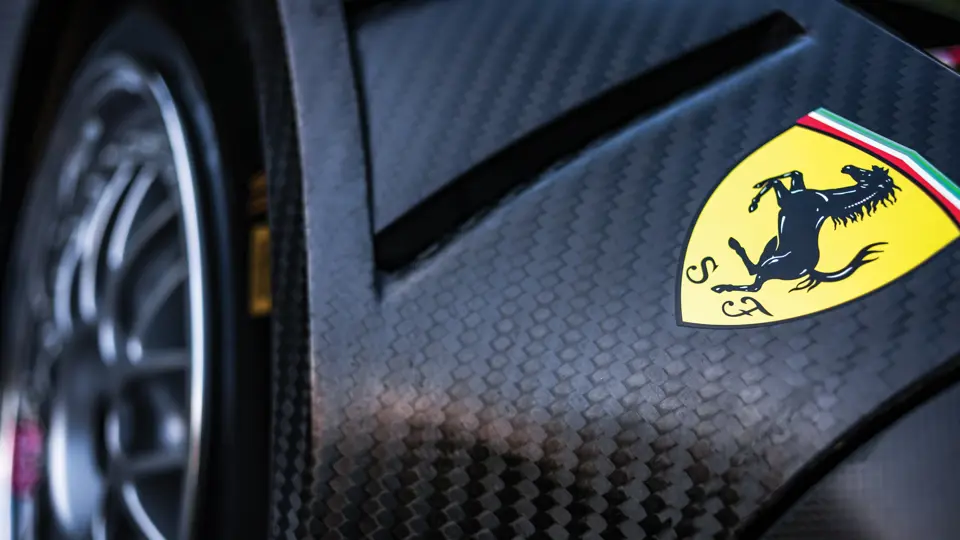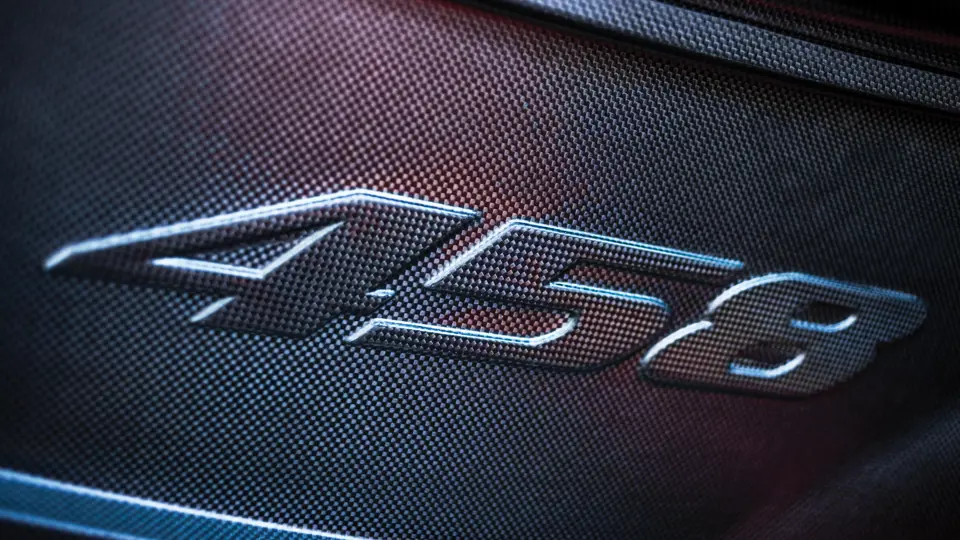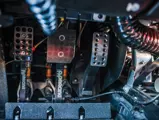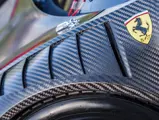
2011 Ferrari 458 GT3
{{lr.item.text}}
€550,000 - €600,000 EUR | Not Sold
{{bidding.lot.reserveStatusFormatted}}
- Original development car for both GT3 and GTD (IMSA) versions of the 458 Italia
- Currently conforming to 458 GTD specification
- Fitted with Endurance option, including uprated electrical, braking and fuel systems
- Actual car used for GT3 ‘Balance of Performance’ testing
- Test car used for development of GT tyres by Pirelli
- Autovettura 458 Italia originale sviluppata per le serie GT3 e GTD (IMSA)
- Attualmente conforme alle specifiche GTD
- Impianto elettrico, frenante e di alimentazione adattati alle esigenze delle gare di endurance
- Questa è l'auto utilizzata per il test GT3 “Balance of Performance”
- Auto impiegata da Pirelli per lo sviluppo degli pneumatici GT
Inoltre si fa presente che a questo lotto verrà applicata l'IVA sull'intero prezzo di acquisto, cioè sia sul valore finale che sulla commissione. Per ulteriori informazioni, si consiglia di rivolgersi direttamente all'amministrazione di RM Sotheby's.
Having achieved considerable success with its 360 and F430 models in International Sports and GT racing in the early and mid-2000s, Ferrari introduced its new 458 Italia in 2009, and its racing GT3 variant two years later. Aimed principally at ‘Pro-Am’ driver combinations contesting the long-distance classics, it was soon apparent that Ferrari had hit upon a winning formula: five consecutive Pro-Am class wins in the Spa 24 Hours, two overall victories in the Gulf 12 Hours and one in the Bathurst 12 Hours were indeed testament to the car’s user friendliness and reliability.
Introduced as a relatively low-tech response to rising costs and speeds in GT racing, the GT3 category was aimed at sub-hypercar class cars such as the Porsche 911, Aston Martin DBRS9, BMW Z4 and Ferrari 458. All were subject to so called ‘Balance of Performance’ testing by an independent driver at the start of each season, to ensure that no one car had any noticeable technical, power or weight advantage over the others. Effectively, this was a form of modern day handicapping – with the intention of promoting close racing.
This particular chassis, 3204, was used for the development of both the GT3 and the broadly similar U.S.-specific GTD class 458 Italias, and first ran at Bruntingthorpe in the UK in March 2013. Currently conforming to the latter specification – with cockpit adjustable rollbars and quick fill refuelling system – the car also features endurance-specification lighting and braking systems. Significantly, it was also used for GT3 Balance of Performance testing at Paul Ricard, Monza and at Michelin’s Ladoux test track, prior to being used by Pirelli for the development of race-specification GT tyres. Indeed, the car’s last recorded outing was in July 2015 at Paul Ricard for an official Pirelli test.
Having covered just over 22,000 km from new, and with over 5,000 km of engine life remaining, 3204 represents a remarkably practical and affordable entry into contemporary competition GT car ownership. That this chassis played a prominent role in the development and evolution of one of the GT3 category’s most successful and charismatic cars also renders it a highly significant competition Ferrari.
Dopo aver ottenuto un notevole successo con suoi modelli 360 e F430 nei campionati International Sports e Racing GT agli inizi degli anni 2000, Ferrari ha introdotto la 458 Italia nel 2009 e questa sua variante GT3 due anni dopo. Destinata principalmente alle gare Pro-Am con piloti abbinati che corrono le gare di durata, fu ben presto evidente che la Ferrari aveva trovato una formula vincente: cinque vittorie di classe Pro-Am consecutive alla 24 Ore di Spa, due primi assoluti nella 12 Ore del Golfo e una alle 12 Ore di Bathurst testimoniano la bontà del progetto e l'affidabilità dell'auto.
Introdotta come alternativa più economica alle ormai inarrivabili gare GT, la categoria GT3 era rivolta soprattutto alle auto un gradino sotto le hypercar, come Porsche 911, Aston Martin DBRS9, BMW Z4 e, appunto, la Ferrari 458. Tutte le partecipanti erano soggette ai cosiddetti test di “Balance of Performance” effettuati da un pilota esterno che, all'inizio di ogni stagione, provava le vetture per accertare che nessuna avesse un vantaggio tecnico, di potenza o di peso, sulle altre. In pratica, questa formula era quello che oggi si conosce come handicap, con l'intento di promuovere corse più avvincenti.
Questo telaio, il 3204, è stato utilizzato per lo sviluppo sia della GT3 che della classe americana, ma con specifiche simili, GTD. La prima corsa è stata a Bruntingthorpe, nel Regno Unito, nel marzo 2013. Attualmente conforme solo alle specifiche GTD, ha rollbar regolabili e il bocchettone per il rifornimento rapido, l'auto dispone inoltre di impianti di illuminazione e frenata adeguati alle gare di durata. Da notare che è stata utilizzata anche per i test GT3 “Balance of Performance” al Paul Ricard, Monza e alla pista di prova Ladoux di Michelin; prima di essere impiegata da Pirelli per lo sviluppo degli pneumatici GT da gara. Non a caso infatti, l'ultima uscita registrata è stata nel luglio del 2009, al Paul Ricard, per un test ufficiale Pirelli.
Con i suoi poco più di 22.000 km e con un motore con più della metà di 10.000 chilometri rimanenti, l'auto con telaio 3204 rappresenta un ingresso veloce e accessibile alla proprietà di una GT contemporanea. Il fatto poi, che questo telaio abbia giocato un ruolo importante nello sviluppo e nell'evoluzione di una delle vetture più affermate e carismatiche della categoria GT3, rende questa Ferrari da corsa ancora più intrigante.






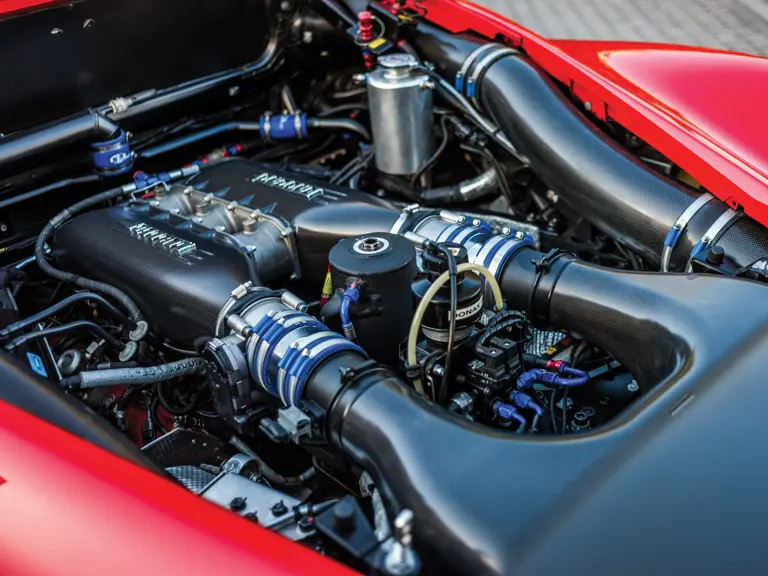
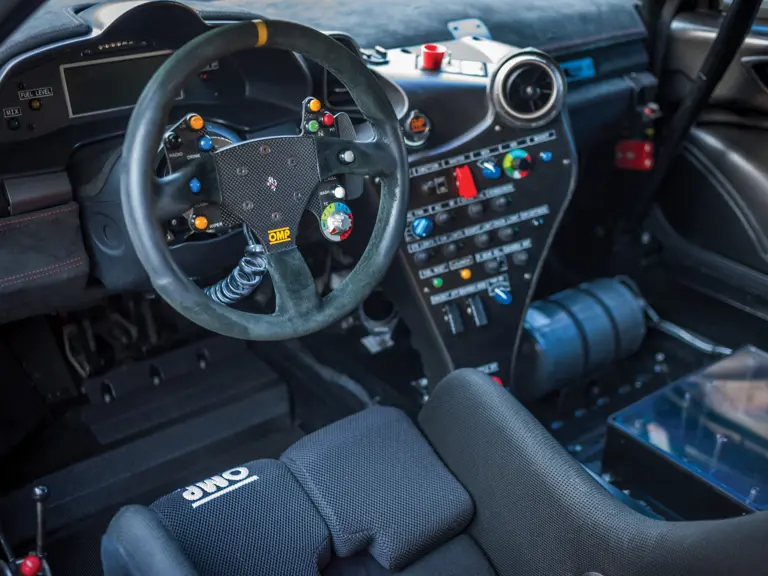


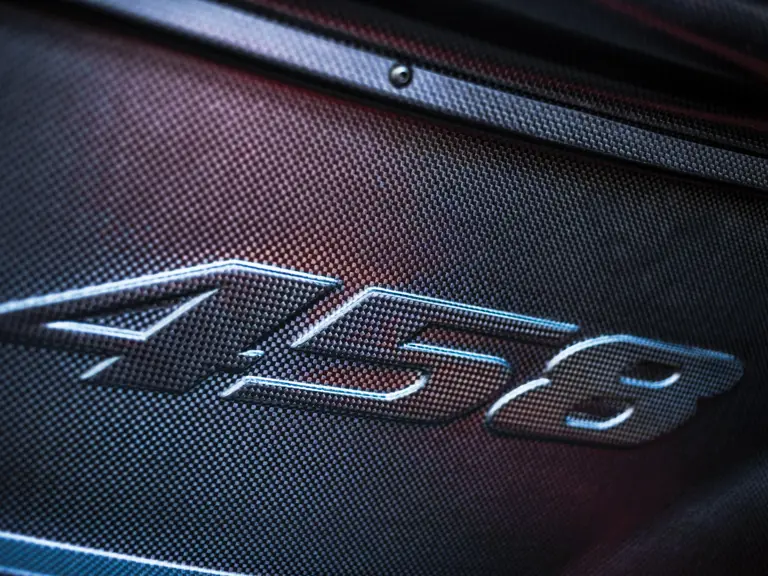
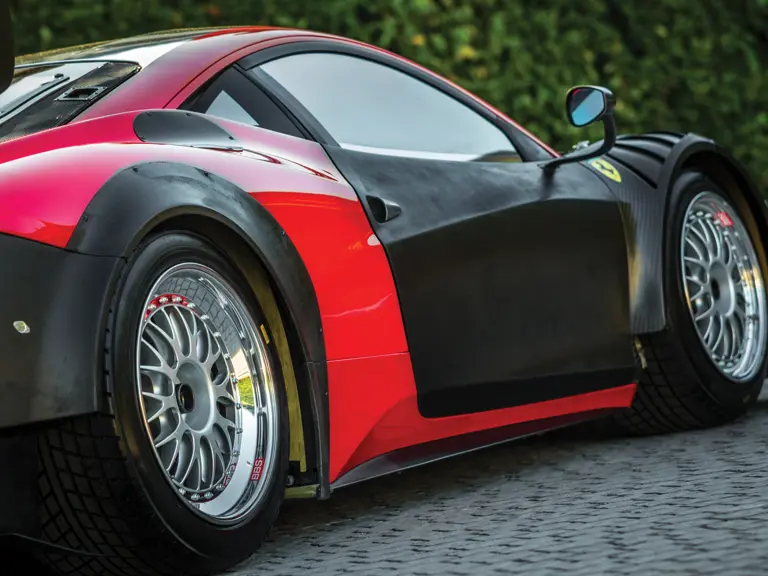


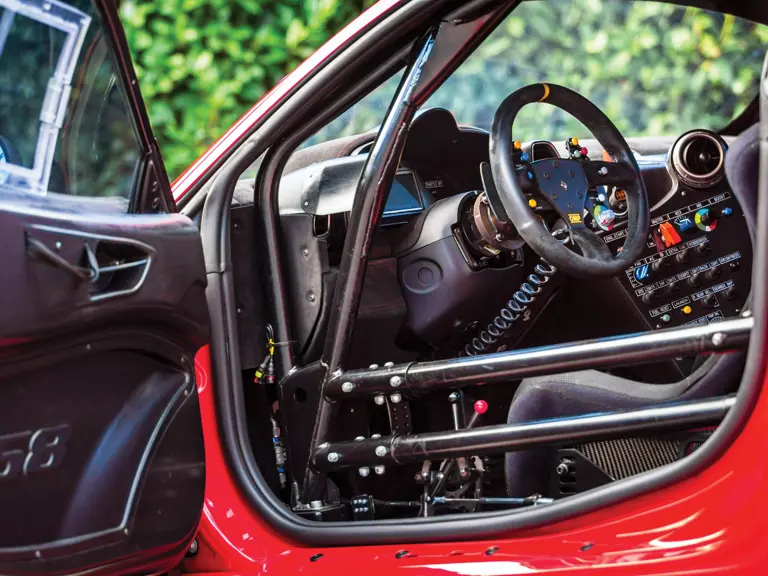

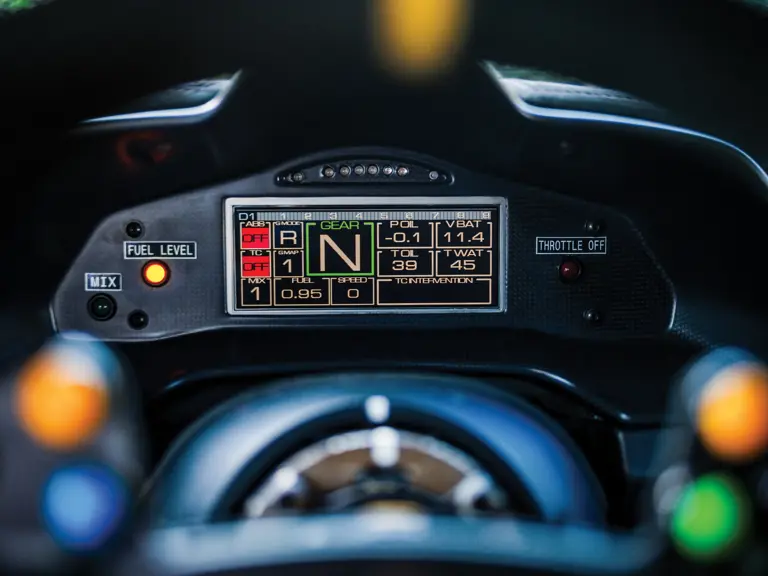


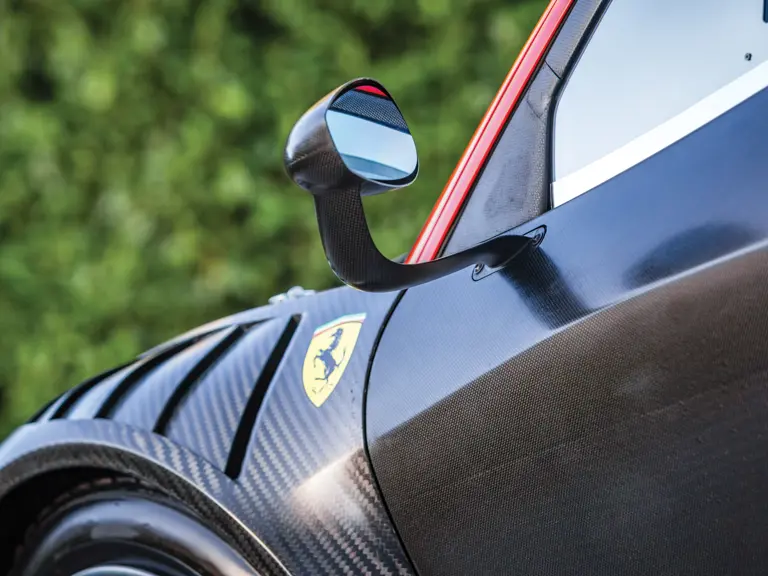
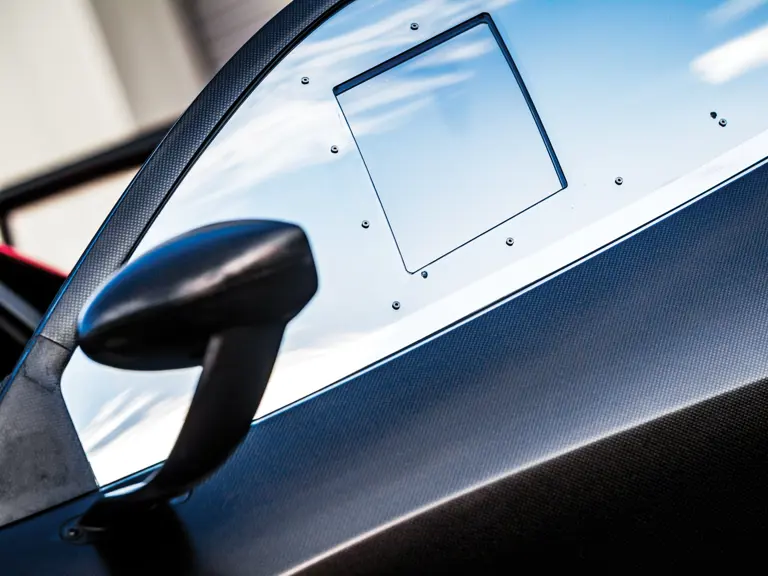

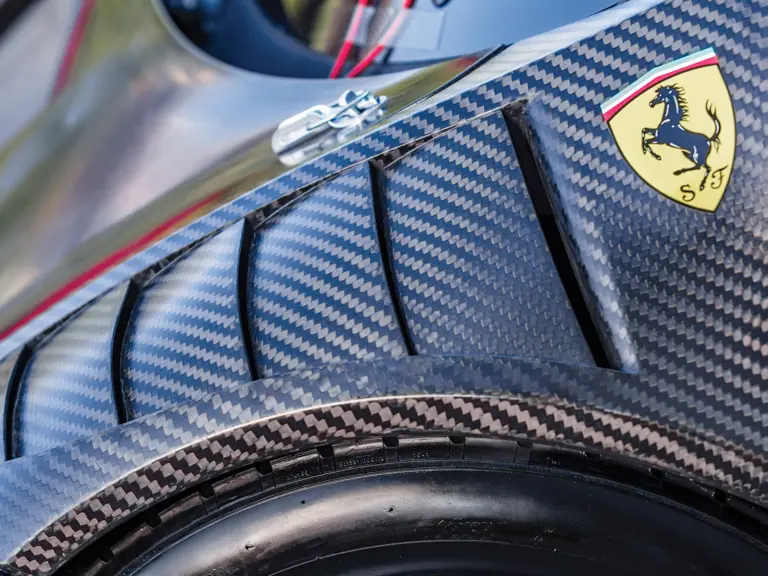

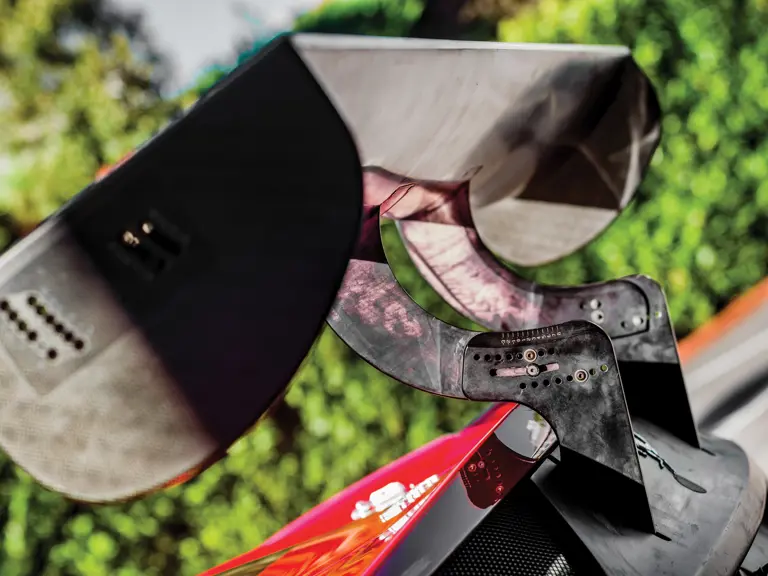

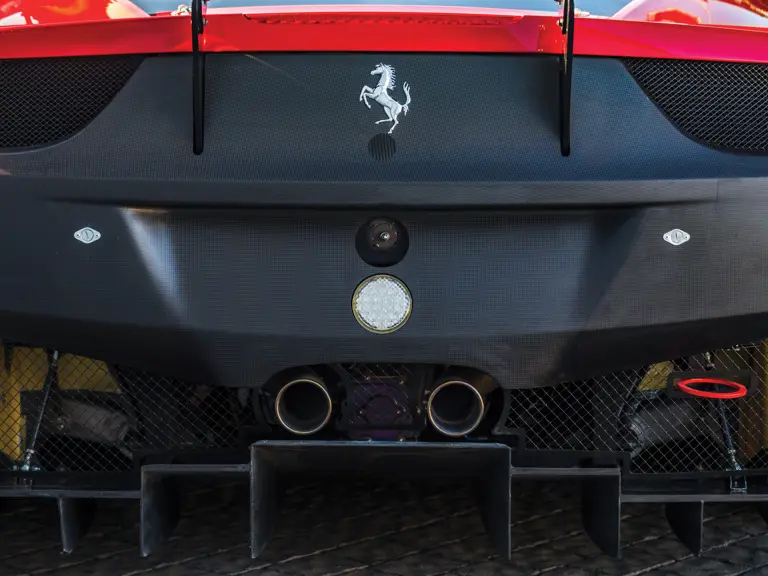
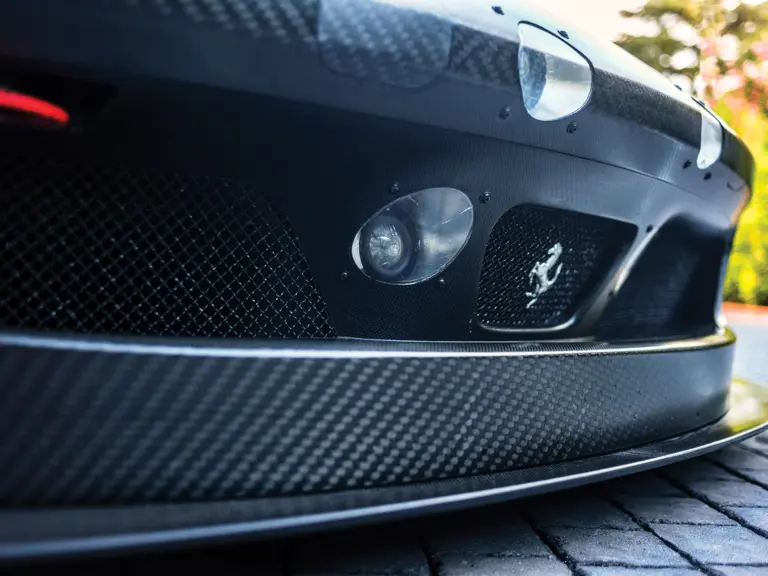
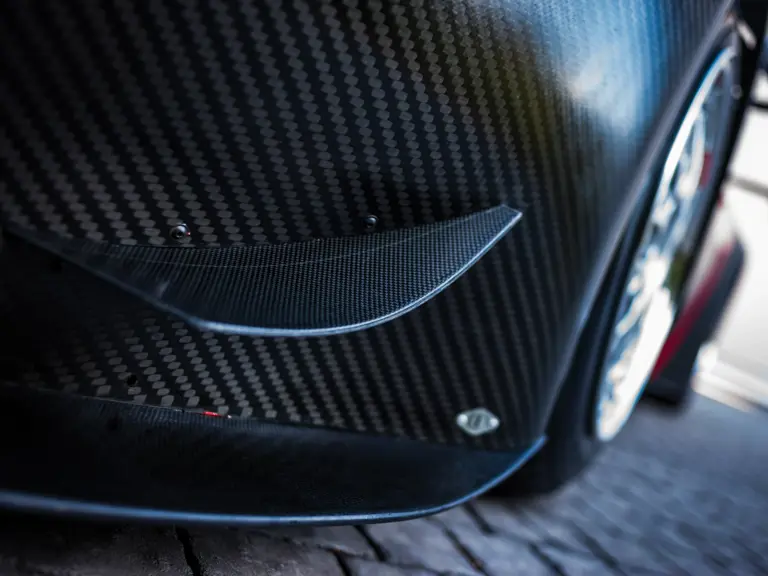
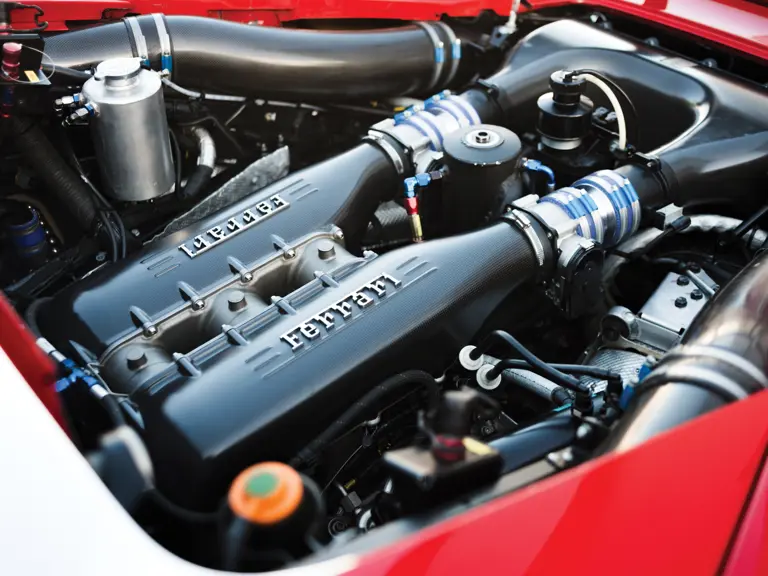
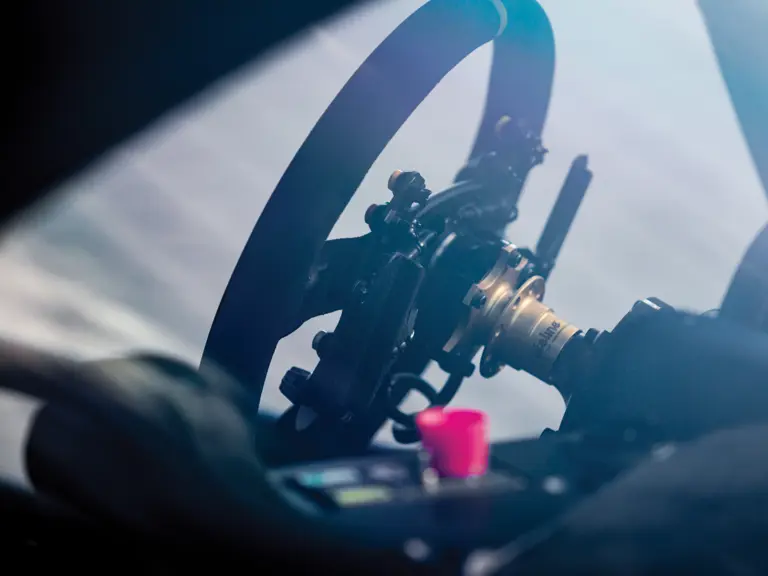


 | Maranello, Italy
| Maranello, Italy

